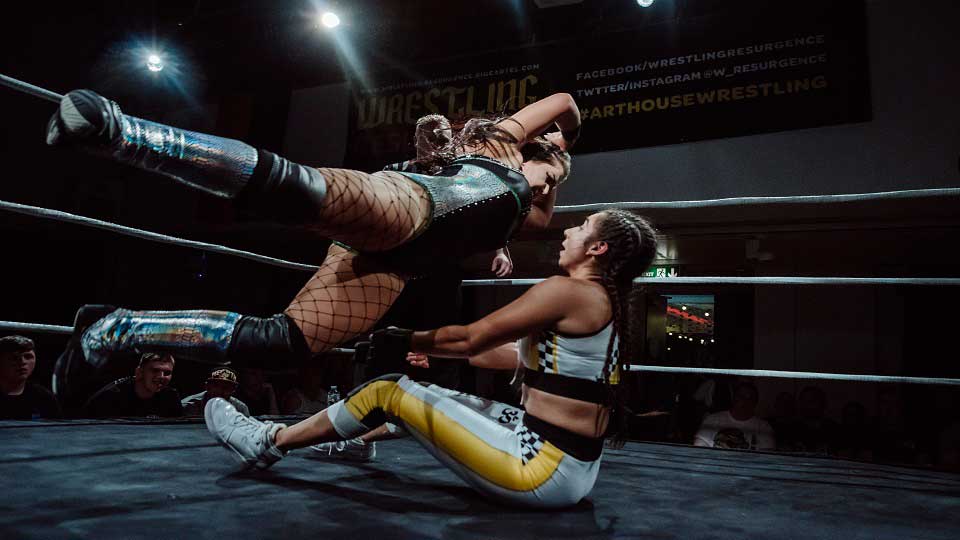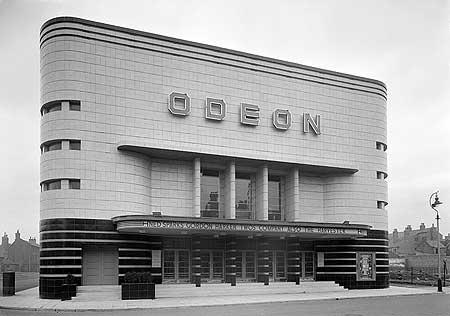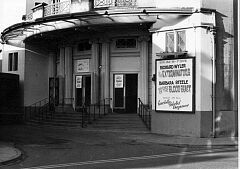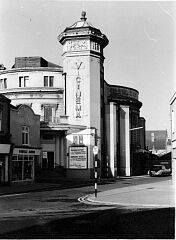Weekly digest – 01.07.20
From 22nd to 29th June we hosted the University’s Arts Week. Held annually to coincide with the School of Design and Creative Arts’ degree shows and end of year drama production, it celebrates our creative staff and students through a programme of workshops, discussions and events. With the restrictions placed on us by Covid-19, and the fact that students and academics are currently scattered around the country we felt it was even more important to amplify the students’ work to create a sense of community amongst our staff and students. We embraced online technologies and delivered a series of events that made visible some excellent work being undertaken by staff and students.
My personal highlight had to be the short film competition, whose winners were premiered as part of the week. We received 29 entries, all made during lockdown and with the limitations it brings with it, and the overall quality was very high; so much so that we selected four rather than the intended three winners. (See separate entry on The Limit).
I was also impressed with the quality of prose and poetry that was performed by our English and Creative Writing students; and with the fact that Dr Barbara Cooke could easily step into Victoria Coren’s shoes as Chair and Quizmaster, which were the roles she had for An Evening of Readings and our Literary Lockdown Quiz. Our Drama students also produced a fantastic radio play that was very professionally delivered and presented.
I have also got to mention our Fine Art and Textiles students. Each year I have the pleasure of being one of the judges of the Edward Sharp Prize, through which we purchase works from the degree shows. These then become part of the University’s art collection and are exhibited within the University campus. Rather than just see the work in exhibition this year we were able to see their research and experimentation process, which really shone a light on just how considered and informed the final works are. The students’ ability to communicate and engage others in their practice was also shown through three Arts Week workshops we organised, in which students shared their skills via very popular video tutorials on Facebook Live. These are still available on our Facebook page, as are the other videos from the events which were live streamed via Facebook.
I am also very grateful to PhD students and academic staff within the School of Creative Arts who contributed to the week. We had some fantastic discussions around textiles practice, looking at its relationship with technology and alternative forms of living, whilst Daniel Fountain delivered a really interesting presentation on ‘queer craft’. On Saturday night it was great to get an insight into the storytelling and performative aspects of professional wrestling from Dr Claire Warden and Sam West.

Jackie Donachie is an artist we commissioned for Radar a number of years ago and since then she has taken up the post of Doctoral Prize Fellow at Loughborough. To kick off Arts Week, we hosted Jackie in conversation with Professor Craig Richardson, looking back at her extensive practice. Finally, I would highly recommend the video essay looking at Loughborough’s cinema history put together by Dr Andrew Dix, which combines a walking tour of the town with archival images that covers its architectural, social and cinema history .
We are still learning about which are the best platforms to present work on, and while the digital will never replace the live experience there is a real appetite to be part of live online events, which also open them up to international audiences. We tend not to get people travelling from Kentucky to Loughborough for events on campus! We will no doubt continue, in part, to embrace the digital in the next academic year.
This will be the last weekly digest until September. We are reducing content on The Limit over the summer months while we organise programmes for the new term, and hopefully get a holiday. Have a great summer.
Nick Slater
Director, LU Arts
The Limit
The Limit showcases the creativity that exists within the student population, creating a sense of community.


